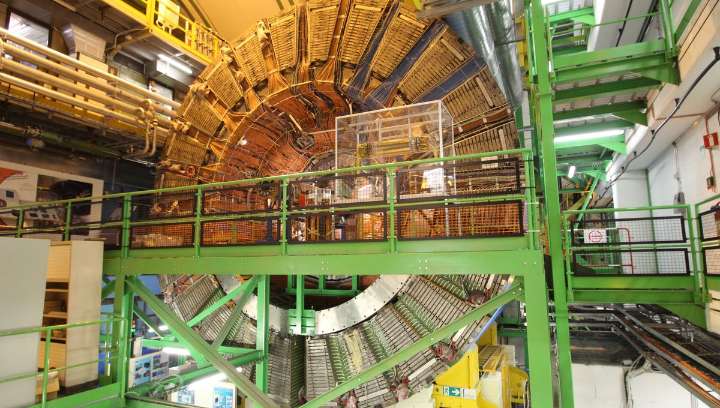There's nothing particle physicists like more than crashing particles together and seeing what comes out of the mess. Such experiments can help us find evidence of particles and processes predicted by the Standard Model of particle physics – such as the Higgs Boson – or allow us to probe the conditions of the early universe , for example.
Particle accelerators, though, are not entirely without risk, smashing particles together at enormous energies.
"The Large Hadron Collider is the largest and most powerful collider in the world," CERN explains of its own collider. "It boosts the particles in a loop 27 kilometres [17 miles] in circumference at an energy of 6.5 TeV (teraelectronvolts), generating collisions at an energy of 13 TeV."
Despite overblown concerns of black holes being

 IFL Science
IFL Science

 The Cut
The Cut Raw Story
Raw Story America News
America News CNN Health
CNN Health KSNB Local4 Central Nebraska
KSNB Local4 Central Nebraska The Outer Banks Voice Community
The Outer Banks Voice Community Omak Okanogan County Chronicle
Omak Okanogan County Chronicle AlterNet
AlterNet The US Sun Health
The US Sun Health NECN Entertainment
NECN Entertainment